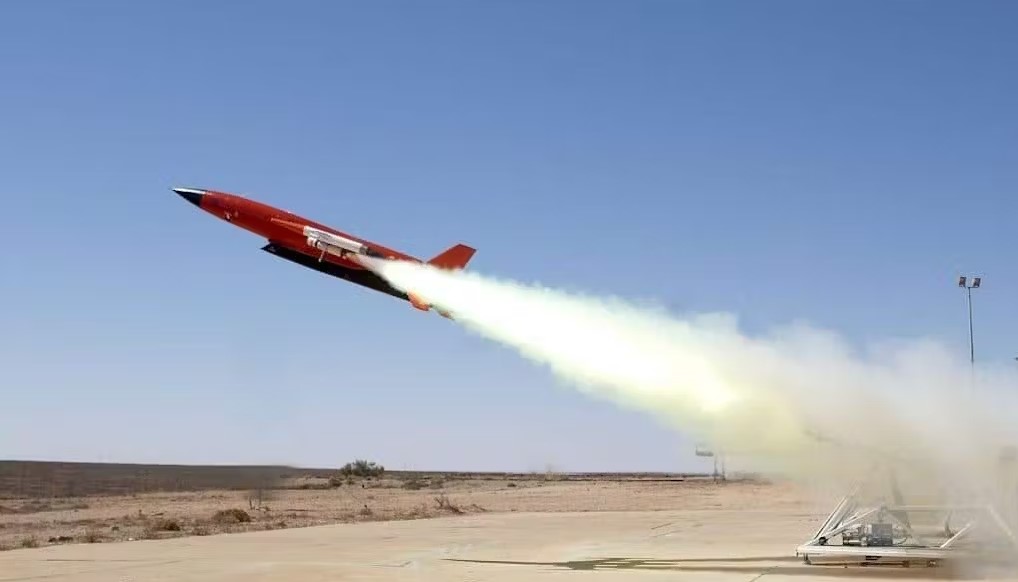
The United States is developing a new generation of subsonic UAV targets with a speed of 1225 km/h
The BQM-177A UAV simulates the behavior of an anti-ship missile and is equipped with electronic warfare capabilities. It is needed to train the crews of ships and aircraft of the US Navy.
The US Navy has placed a new order with Kratos Defense & Security Solutions Inc. for the production of subsonic BQM-177A target drones and sensors so that the crews of military aircraft and navy ships can train to shoot down anti-ship missiles, reports Military Aerospace.
The BQM-177A is a new generation subsonic unmanned airborne target that simulates the behavior and radar performance of dynamic, subsonic anti-ship cruise missiles. The UAV can reach a speed of more than Mach 0.95 (slightly less than 1225 km/h – ed.), its flight height reaches 2 meters above the ground and 3 meters above the water.
The drone has internal and external sensors for proximity assessment, friend-or-foe identification, an active radio frequency amplification system, electronic warfare equipment, etc. The BQM-177A was developed on the basis of the Kratos BQM-167X aircraft and is equipped with an integrated MicroTurbo TR-60-5+ turbojet engine. As for its dimensions, they are as follows:
- length 5 m;
- Wingspan 2 meters;
- weight 281 kg with fuel and payload.
Representatives of the U.S. Navy Air Systems Command have announced a $57.7 million contract with Kratos Unmanned Systems Division. It is known that BQM-177A models will be sent to military bases in 5 batches. In general, specialists from Kratos Defense & Security Solutions Inc. build 70 subsonic target drones for training.
Also, according to the terms of the contract, the developers will have to supply 55 drone launchers and all the necessary information about the devices to the US Navy, Canadian and Australian armed forces.
The publication reminds that prototypes of the BQM-177A target UAVs were developed in 2016. Two years later, the Navy ordered 45 of these drones for testing, and only last year did the company move to full-scale production.

